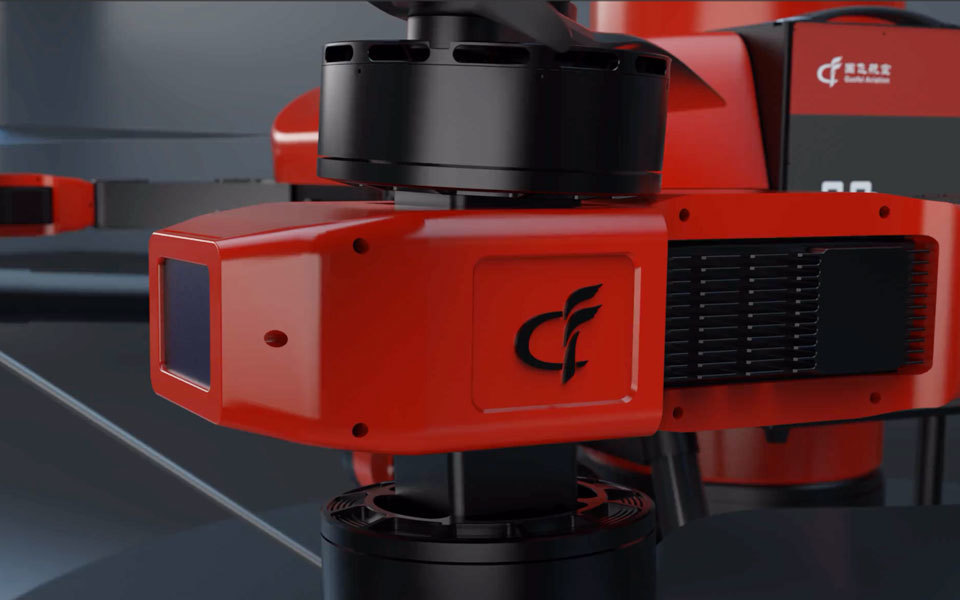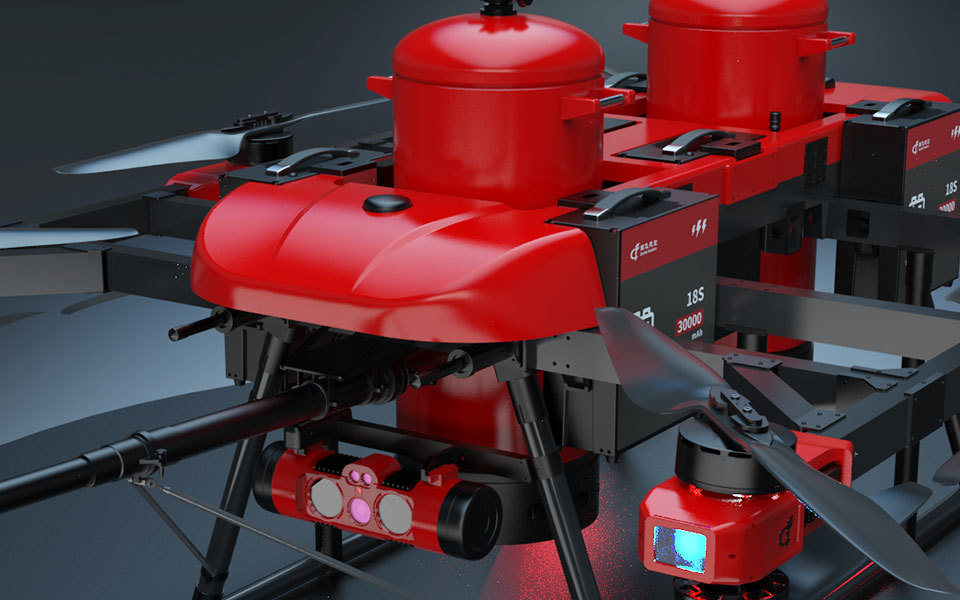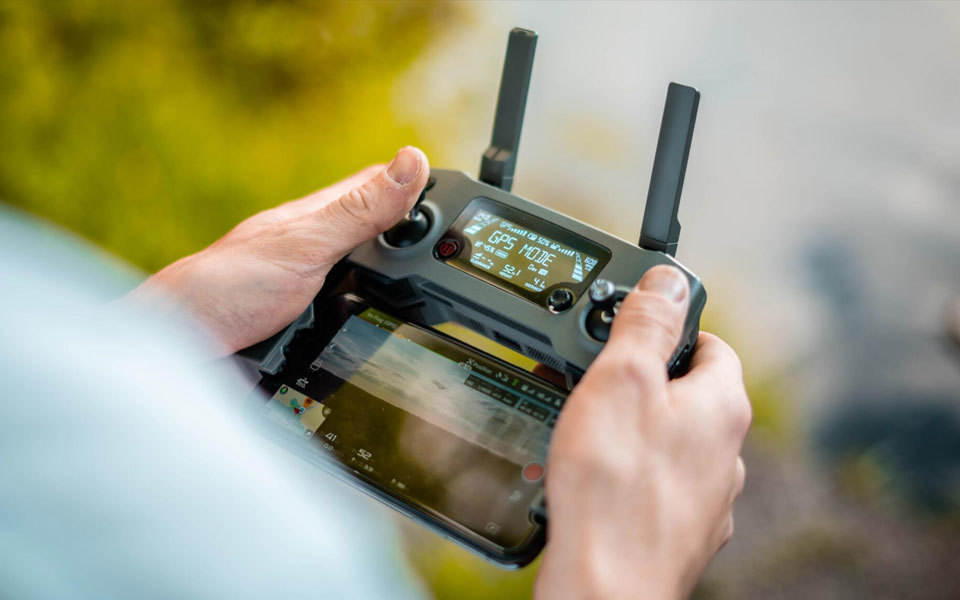
Warranty and Maintenance
- Customer First, Service Excellence -

UAV maintenance
◎ After the flight, strictly inspect the UAV as required. If damage is found, assess the damage situation and contact our after-sales technical personnel for repair.
◎ Clean the UAV and remote control after the flight to keep the body clean.
◎ When installing and removing the UAV arms, be sure to handle them gently. Excessive force may cause artificial damage to the UAV, thus affecting the stability of the UAV's flight in the air.
◎ After using the gimbal, remove the gimbal and store it separately.
UAV Maintenance

Intelligent battery maintenance
◎ Ensure that the battery temperature is within the range of 0-40℃ during charging. Too low temperature may prevent charging, and too high temperature may damage the battery.
◎ Please use the LIPO dedicated charger certified by our company for charging. It is strictly forbidden to use uncertified chargers to charge lithium polymer batteries (LIPO).
◎ It is recommended to use a small current (generally 0.5C-2C) for charging, which can increase the battery life. For batteries that are not used for a long time, please ensure that they are charged with a small current for maintenance every 3 months to maintain the stability of the battery.
◎ The voltage of each cell when fully charged does not exceed 4.45V. The voltage of each cell after discharge is not lower than 3.65~3.75V. Over-discharge is easy to damage the battery, such as swelling.
Smart Battery Maintenance

Notes
◎ This product is an unmanned aerial vehicle designed to perform special tasks. Prior to flight, permission must be obtained from the aviation control department to conduct flight operations in the designated airspace. Flight is strictly prohibited without the permission of the air traffic control department.
◎ It is strictly prohibited to exceed the flight performance design specifications of this product. Such as flight altitude, wind resistance, control radius, endurance time, total distance of a single flight, and so on.
◎ This product is not allowed to fly in unsuitable weather conditions, which can affect flight effectiveness and cause flight safety accidents.
◎ A flat and open takeoff and landing site is the safety guarantee for drone takeoff and landing. The ideal takeoff site is a circular area within a radius of 20 meters from the takeoff point, without tall buildings, which will not pose a threat to personnel or ground facilities.
◎ Before executing the flight mission, it is necessary to ensure that the drone itself and various equipment are in good maintenance condition and in normal preparation state.
◎ During outdoor flights, strictly follow the inspection items on the Flight Record Form to carefully conduct pre flight ground checks, fill in all inspection data, until the control effect is normal and the status display is normal.
Contact No.: +86-19160308865 / +86-19160308801 / +86-19122417060
© 2025 Sichuan Guofei Innovative Aviation Technology Co., Ltd. All Rights Reserved.
COOKIES
Our website uses cookies and similar technologies to personalize the advertising shown to you and to help you get the best experience on our website. For more information, see our Privacy & Cookie Policy
COOKIES
Our website uses cookies and similar technologies to personalize the advertising shown to you and to help you get the best experience on our website. For more information, see our Privacy & Cookie Policy
These cookies are necessary for basic functions such as payment. Standard cookies cannot be turned off and do not store any of your information.
These cookies collect information, such as how many people are using our site or which pages are popular, to help us improve the customer experience. Turning these cookies off will mean we can't collect information to improve your experience.
These cookies enable the website to provide enhanced functionality and personalization. They may be set by us or by third-party providers whose services we have added to our pages. If you do not allow these cookies, some or all of these services may not function properly.
These cookies help us understand what you are interested in so that we can show you relevant advertising on other websites. Turning these cookies off will mean we are unable to show you any personalized advertising.